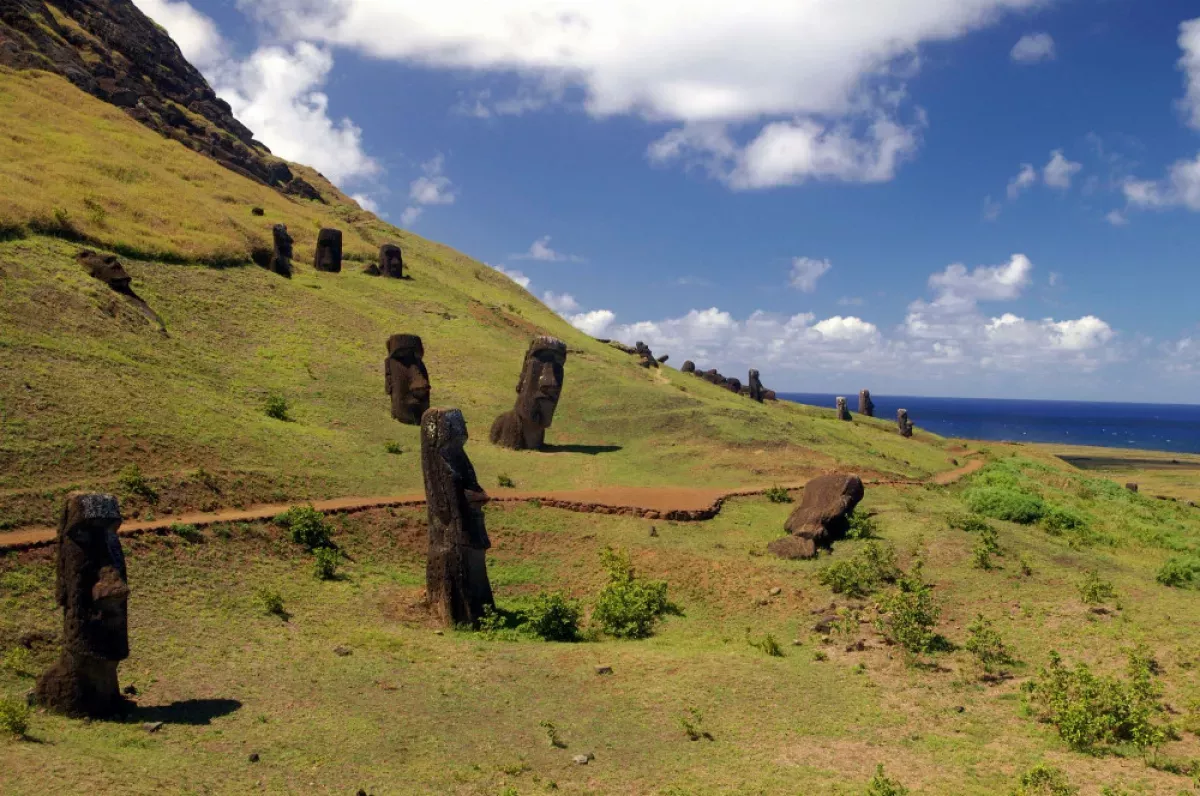Easter Island, a Chilean territory in the southeastern Pacific Ocean, is famous for its moai statues, monumental sculptures created by the Rapa Nui people. Designated a UNESCO World Heritage Site in 1995, much of the island is protected as Rapa Nui National Park. It's the only Polynesian territory with Spanish as an official language. The moai represent ancestors and were likely erected between the 13th and 16th centuries. The island's history includes deforestation, resource depletion, and societal collapse, offering insights into human impact on the environment. Today, Easter Island is a popular tourist destination, attracting visitors interested in its unique cultural heritage and archaeological significance.
1903: Williamson Balfor buys island
In 1903 the island was bought by the English sheep-farming company Williamson Balfor from the Merlet company, and the natives were forced to work on the ranches in order to buy food.
1912: William Churchill inquires about "Te pito o te henua"
In 1912, William Churchill inquired about the phrase "Te pito o te henua", which was translated as "The Navel of the World", and was told that the island's capes were also referred to as "te pito o te henua".
1914: Katherine Routledge collects island traditions
In 1914, Katherine Routledge systematically collected the island's traditions during her expedition, showing that the competitions for Bird Man (Rapa Nui: tangata manu) started around 1760, after the arrival of the first Europeans, and ended in 1878.
1914: Native uprising inspired by María Angata Veri Veri
In 1914, there was an uprising of the natives inspired by the elderly catechist María Angata Veri Veri and led by Daniel Maria Teave with the aim of getting the State to take charge of the situation generated by the company.
1914: First Scientific Exploration of Easter Island
The first scientific exploration of Easter Island in 1914 recorded that the indigenous population strongly rejected allegations that they or their ancestors had been cannibals.
1916: Easter Island declared a subdelegation of the Department of Valparaíso
In 1916, the island was declared a subdelegation of the Department of Valparaíso. In the same year, Archbishop Rafael Edwards Salas visited the island and became the main spokesman for the natives' complaints and demands.
1926: Additional lands distributed to natives
As of 1926, additional lands were distributed to the natives (5 ha per marriage), as part of a 'Provisional Temperament' agreement when the Chilean State decided to renew the lease to the company.
1933: Chilean State Defense Council requires registration of the island
In 1933, the Chilean State Defense Council required the registration of Easter Island in the name of the State in order to protect it from private individuals who wanted to register it in their own name.
1936: Regulation established for natives to leave Hanga Roa
In 1936, a regulation was established according to which, with prior permission, the natives could leave Hanga Roa to fish or provide themselves with fuel.
1953: President Carlos Ibáñez del Campo cancels contract
In 1953 President Carlos Ibáñez del Campo cancelled the Williamson-Balfour Company's contract for non-compliance.
1956: Moai Re-erected on Ahu Ature Huke
In 1956, one of the first moai was re-erected on Ahu Ature Huke in Anakena beach using traditional methods during a Heyerdahl expedition.
1960: Ahu Akivi Restored
In 1960, Ahu Akivi was restored by William Mulloy.
1965: United States Air Force settles on Easter Island
Between 1965 and 1970, the United States Air Force (USAF) settled on Easter Island, radically changing the way of life of the Rapa Nui, as they became acquainted with the customs of the consumer societies of the developed world.
1965: Construction of Mataveri International Airport
Construction of the Mataveri International Airport commenced in 1965 by the Longhi construction company.
1966: Rapa Nui granted Chilean citizenship
In 1966, the Rapa Nui people were granted Chilean citizenship, marking a significant milestone in their integration with Chile.
1966: Rapanui given Chilean citizenship with Pascua Law
In 1966, the Rapanui were given Chilean citizenship with the Pascua Law enacted during the government of Eduardo Frei Montalva, and the island was reopened in its entirety.
1966: Lower Sentences for Crimes in Easter Island
Since 1966, certain crimes in Easter Island had lower sentences than corresponding offences in mainland Chile.
April 1967: LAN Chile flights begin landing
In April 1967, LAN Chile flights began to land on Easter Island, orienting the island towards cultural tourism.
1970: United States Air Force departs Easter Island
Between 1965 and 1970, the United States Air Force (USAF) settled on Easter Island, radically changing the way of life of the Rapa Nui, as they became acquainted with the customs of the consumer societies of the developed world.
1973: Easter Island placed under martial law after Chilean coup
Following the 1973 Chilean coup d'état that brought Augusto Pinochet to power, Easter Island was placed under martial law, impacting tourism and restoring private property.
1974: Barthel discusses oral tradition of island names
In 1974, Barthel discussed the oral tradition of the island and said that it was first named "Te pito o te kainga a Hau Maka", meaning "The little piece of land of Hau Maka".
January 24, 1975: Television arrives on the island
On January 24, 1975, television arrived on Easter Island, with the inauguration of a station of Televisión Nacional de Chile, which broadcast programming on a delayed basis until 1996.
1975: First Tapati Festival
In 1975, the Rapanui started holding the annual Tapati festival, around the beginning of February, to celebrate Rapa Nui culture.
1976: Isla de Pascua Province created
In 1976 the Isla de Pascua Province was created with Arnt Arentsen Pettersen appointed as the first governor between 1976 and 1979.
1979: Arnt Arentsen Pettersen ends his term as governor
Between 1976 and 1979 Arnt Arentsen Pettersen was the first governor Isla de Pascua Province. His term ended in 1979.
1979: Decree Law No. 2885 Enacted
In 1979, Decree Law No. 2885 was enacted, granting individual land titles to regular holders on Easter Island.
1984: Sergio Rapu Haoa becomes governor
Between 1984 and 1990 the administration of Governor Sergio Rapu Haoa stands out and since then all the governors have been Rapanui.
1985: Agreement between Chile and the United States extends Mataveri International Airport runway
In 1985, an agreement between Chile and the United States led to the extension of the runway at Mataveri International Airport by 423 meters, reaching a total of 3,353 meters.
April 1, 1986: Law No. 18,502 Enacted
On April 1, 1986, Law No. 18,502 was enacted, establishing a special fuel subsidy on Easter Island, capped at 3.5 monthly tax units per cubic meter per product, payable directly or through tax imputation.
1987: Re-opening of Mataveri International Airport
In 1987 Mataveri International Airport was re-opened. Pinochet refused to attend the opening ceremony in protest against pressures from the United States to address human rights cases.
1990: Governors have been Rapanui since Sergio Rapu Haoa
Between 1984 and 1990 the administration of Governor Sergio Rapu Haoa stands out and since then all the governors have been Rapanui.
1994: Study asserts little archaeological evidence of pre-European societal collapse
In 1994, a study headed by Douglas Owsley asserted that there is little archaeological evidence of pre-European societal collapse on Easter Island.
1995: UNESCO named Easter Island a World Heritage Site
In 1995, UNESCO recognized Easter Island as a World Heritage Site, and much of the island was protected within Rapa Nui National Park.
1996: Live satellite transmissions begin
In 1996, live satellite transmissions to Easter Island began, replacing delayed broadcasts from Televisión Nacional de Chile.
1999: Polynesian boats voyage reaches Easter Island
In 1999, a voyage using reconstructed Polynesian boats successfully reached Easter Island from Mangareva after a seventeen-and-a-half-day voyage, demonstrating possible migration routes.
2000: Decline in Tuna Population
Around the year 2000, fishers of Rapa Nui started to notice the depletion of Tuna around the island.
2002: Population at 2002 Census
In 2002, the population was 3,791. 60% were indigenous Rapa Nui origin, 39% were mainland Chileans, and 1% were indigenous mainland Chilean Amerindians.
July 2007: Easter Island Granted Special Territory Status
On July 2007, a constitutional reform gave Easter Island and the Juan Fernández Islands the status of "special territories" of Chile.
2007: Study suggests Polynesian arrival closer to 1200
A 2007 study provided compelling evidence suggesting that the arrival of the island's Polynesian inhabitants was closer to the year 1200, differing from earlier estimates.
2007: Special Territory Status Granted
In 2007, Easter Island was granted the constitutional status of "special territory" of Chile, along with Juan Fernández Islands.
2007: Easter Island gains 'special territory' status
In 2007, Easter Island was granted the constitutional status of 'special territory' within Chile, recognizing its unique cultural and administrative position.
August 2010: Hitorangi Clan Occupies Hangaroa Eco Village and Spa
Starting in August 2010, members of the indigenous Hitorangi clan occupied the Hangaroa Eco Village and Spa, alleging the hotel was illegally bought from the Pinochet government.
December 2010: Clash During Eviction Attempt
On December 3, 2010, at least 25 people were injured when Chilean police attempted to evict Rapa Nui from the Hangaroa Eco Village and Spa, using pellet guns.
2010: Metastudy concludes no conclusive evidence for precontact collapse
In a 2010 metastudy, Mulrooney et al. concludes that "To date, there is no conclusive evidence for the proposed precontact collapse of Rapa Nui society".
January 2011: UN Special Rapporteur Expresses Concern
In January 2011, James Anaya, the UN Special Rapporteur on Indigenous People, expressed concern about the treatment of the indigenous Rapa Nui by the Chilean government, urging dialogue.
February 2011: Final Occupiers Removed from Hotel
In February 2011, up to 50 armed police removed the final five occupiers from the Hangaroa Eco Village and Spa. They were arrested, and no injuries were reported.
2011: Special Charter Under Discussion
As of 2011, a special charter for Easter Island was under discussion in the Chilean Congress.
2011: Large Moai Excavated and Dorsal Petroglyphs Found
In 2011, a large moai statue was excavated from the ground. During the same excavation program, some larger moai were found to have complex dorsal petroglyphs.
2013: Pitcairn Island population recorded
In 2013, the nearest inhabited land to Easter Island was Pitcairn Island, which had around 50 residents. It is 2,075 kilometres (1,289 mi) away from Easter Island.
2016: Topatangi Plays at Tapati Festival
In 2016, local band Topatangi played at the Tapati festival on Easter Island.
2017: Chilean census registers population
The 2017 Chilean census registered 7,750 people living on Easter Island, with 3,512 (45%) identifying as Rapa Nui.
August 2018: Law Restricting Non-Resident Stays Takes Effect
In August 2018, a law took effect prohibiting non-residents from staying on Easter Island for more than 30 days.
2018: Tourist Stay Period Limited
In 2018, the government decided to limit the stay period for tourists from 90 to 30 days on Easter Island due to social and environmental concerns.
March 17, 2020: Easter Island Closed to Tourists
On March 17, 2020, Easter Island was closed to tourists due to the COVID-19 pandemic.
2020: Pickup Truck Destroys Moai Statue
In 2020, a pickup truck crashed into and destroyed a moai statue on Easter Island due to brake failure. No one was injured.
2020: Conflict Over Hangaroa Eco Village and Spa Settled
In 2020, the conflict over the Hangaroa Eco Village and Spa was settled, transferring property rights to the Hitorangi clan while allowing the owners to retain exploitation of the hotel for 15 years.
2021: Law Repealed by Constitutional Court
In 2021, the law providing lower sentences for certain crimes in Easter Island compared to mainland Chile was repealed by a Constitutional Court decree.
2021: Research suggests steady population growth until European contact
Research by Binghamton University anthropologists Robert DiNapoli and Carl Lipo in 2021 suggests that Easter Island experienced steady population growth from its initial settlement until European contact in 1722.
August 4, 2022: Easter Island Reopened to Tourists
On August 4, 2022, Easter Island reopened to tourists, following a period of closure due to the COVID-19 pandemic.
October 2022: Forest Fire Damages Moai
In October 2022, a forest fire burned nearly 148 acres (60 hectares) of Easter Island, causing irreparable damage to some of the moai. Arson is suspected.
2024: Study finds no genetic evidence of ecocide hypothesis
In 2024, a study finds no genetic evidence of the ecocide hypothesis on Easter Island.
Mentioned in this timeline

Martial law is the imposition of military rule in place...
NASA the National Aeronautics and Space Administration is an independent...
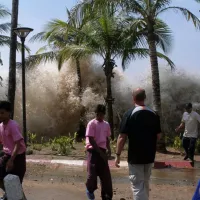
A tsunami is a series of powerful waves caused by...
Tonga officially the Kingdom of Tonga is a Polynesian island...
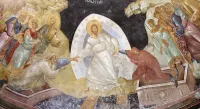
Easter is a Christian holiday celebrating the resurrection of Jesus...
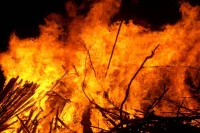
Fire is a rapid oxidation process called combustion releasing heat...
Trending
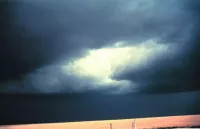
29 days ago Severe Thunderstorms Hit North Texas: Lightning, Hail, Damaging Winds, and Power Outages

24 days ago Amy Poehler's Ina Garten Recipe, SNL Season 51 Schedule and New Episodes

9 months ago Mike Pence to receive JFK Profile in Courage Award for election action.

8 months ago Lil Wayne vows never to perform at Super Bowl after 2025 Halftime snub.

25 days ago Childcare's economic boost in Prescott Valley, Yavapai crisis, and Hochul's universal options.
2 months ago Russian Airstrikes in Ukraine Kill Six, Putin-Trump Talks Shelved Amid Escalation.
Popular

Tucker Carlson is an American conservative political commentator known for...

XXXTentacion born Jahseh Dwayne Ricardo Onfroy was a controversial yet...

Ben Shapiro is a prominent American conservative political commentator media...

Candace Owens is an American conservative political commentator and author...

William Franklin Graham III commonly known as Franklin Graham is...
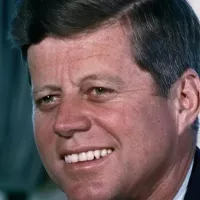
John F Kennedy JFK was the th U S President...
